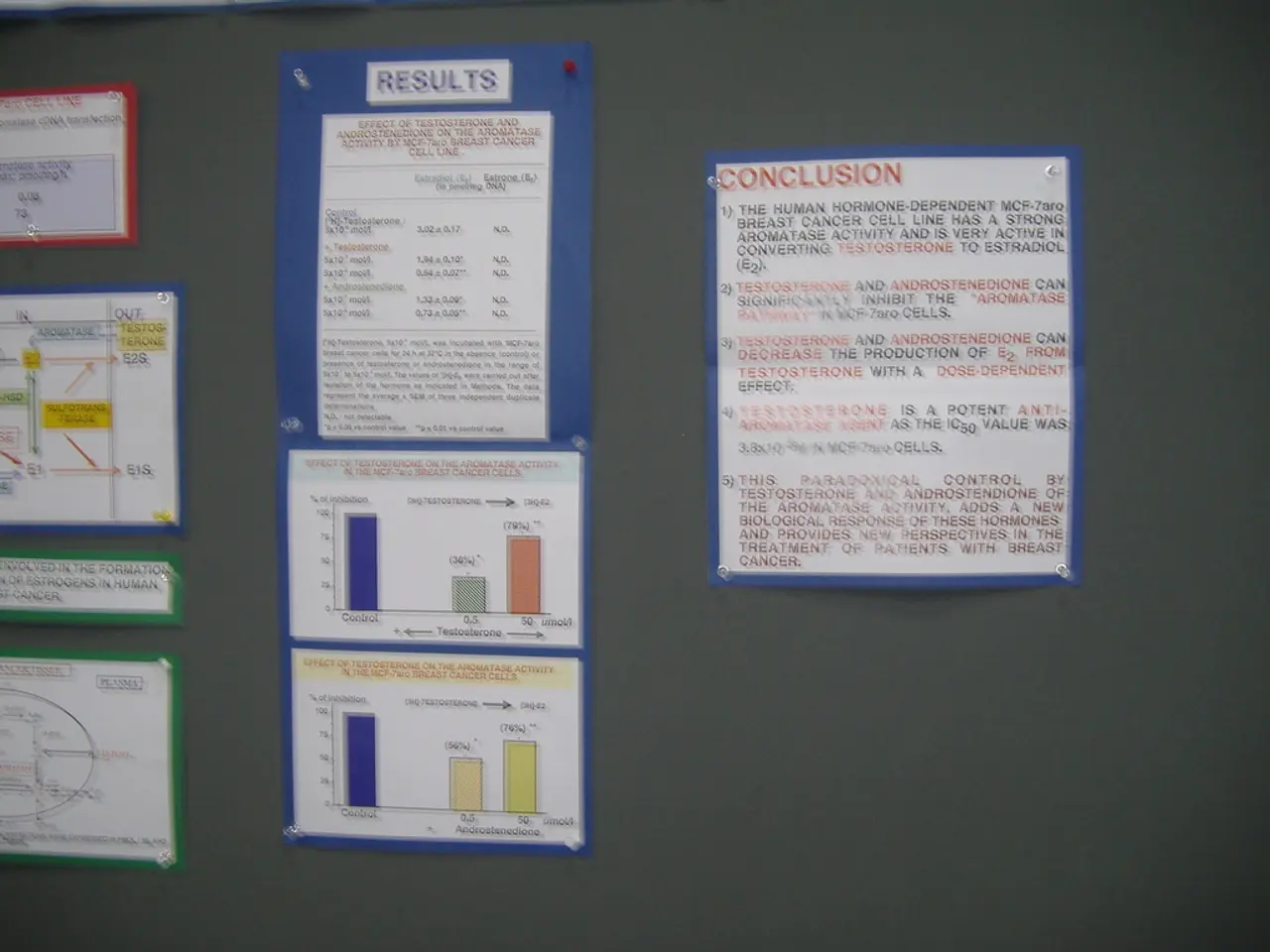What's the necessary pension savings in Denmark?
In Denmark, the retirement age is gradually increasing, with plans to reach 70 by 2040 [4]. This change affects the length of one's working years (w) and retirement years (p), impacting the amount of pension savings required.
A recent news article, "How Denmark is raising the retirement age in the coming years," outlines the details of this plan [1]. Today, a person who is 67 years old can expect to receive the state pension for 22 years [2]. The basic state pension in Denmark is 7,198 kroner per month.
To maintain the same living standard in retirement, you will need your pensions to pay out around 80 percent of the amount you earned while working [5]. However, if you expect to live to the age of 90, you will need pension savings of 4 million kroner by the age of 67 to cover the same living standard throughout retirement as the one you had while working [6].
Camilla Schjølin Poulsen, an economist with Danish pension fund PFA, suggests that if you feel healthier than average, you should consider saving up to cover even more years in retirement [7]. This is because, if retirement lengthens (due to earlier retirement or higher life expectancy), savings rates increase, potentially reaching above 40% [8].
The Danish pension system is multi-layered, including state pensions, labor market pensions (employer contributions ranging approximately 15-18% from salary), and individual pension schemes [1][3]. Since Danish labor market pensions already involve contributions roughly in the 15-18% range of salary, this suggests a base level of savings aligned with these models. To maintain standard of living over longer retirements, higher savings rates or supplemental individual pensions would be required.
A useful framework for estimation, assuming real returns net of inflation etc. are zero, relates pension savings proportion to working years (w), years in retirement (p), and the replacement ratio (R):
[ \text{Savings rate } (Z) = \frac{R \times p}{w + R \times p} ]
For example, if a person works for 35 years (w=35) and expects to be retired for 30 years (p=30), and wants a 65% replacement ratio of their pre-retirement living standard (R=0.65), they need to save approximately 35.8% of their salary over their working life to fund retirement at the same standard [2].
People born after December 31st, 1970 will have to work one year longer than those born before that date before becoming eligible for the state pension [9]. The current age of eligibility for Denmark's state pension, or folkepension, is 67 and will gradually increase to 68 in 2030 and to 69 in 2035 [9].
Today's 67-year-olds have an average of 17 years for men and 19.5 years for women remaining in their lifespan [10]. For a life expectancy of 70 years, the amount of pension savings needed is 1 million kroner [11]. Incomes received from both the state pension and ATP are taxable [5]. ATP, a pension fund in Denmark, can provide no more than 26,000 kroner per year [12].
It's advisable to take an interest in your pension throughout your life and actively think about it by your fifties and sixties [13]. By planning ahead and considering factors such as life expectancy and working career length, you can estimate the pension savings required to maintain your desired living standard in retirement.
Investing in a diverse range of assets, such as art, can potentially be a part of one's personal-finance strategy for wealth-management, as it may provide additional income streams and help achieve financial goals, including pension savings [14].
The increase in Denmark's retirement age could spur a surge in interest towards personal-finance matters, particularly wealth-management and comprehensive financial planning, as individuals may need to stretch their savings over a longer period to maintain their desired living standard in retirement [13].




